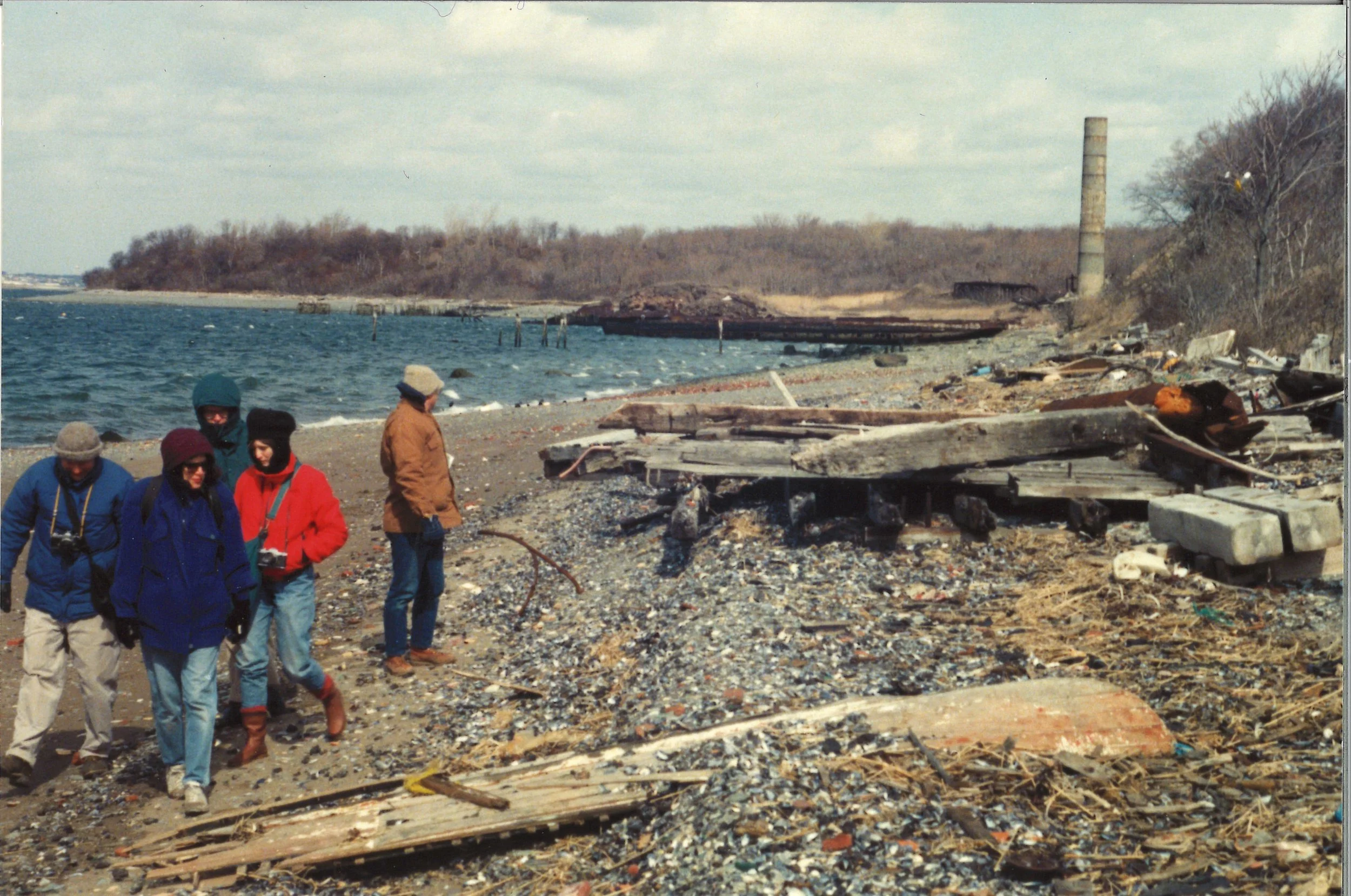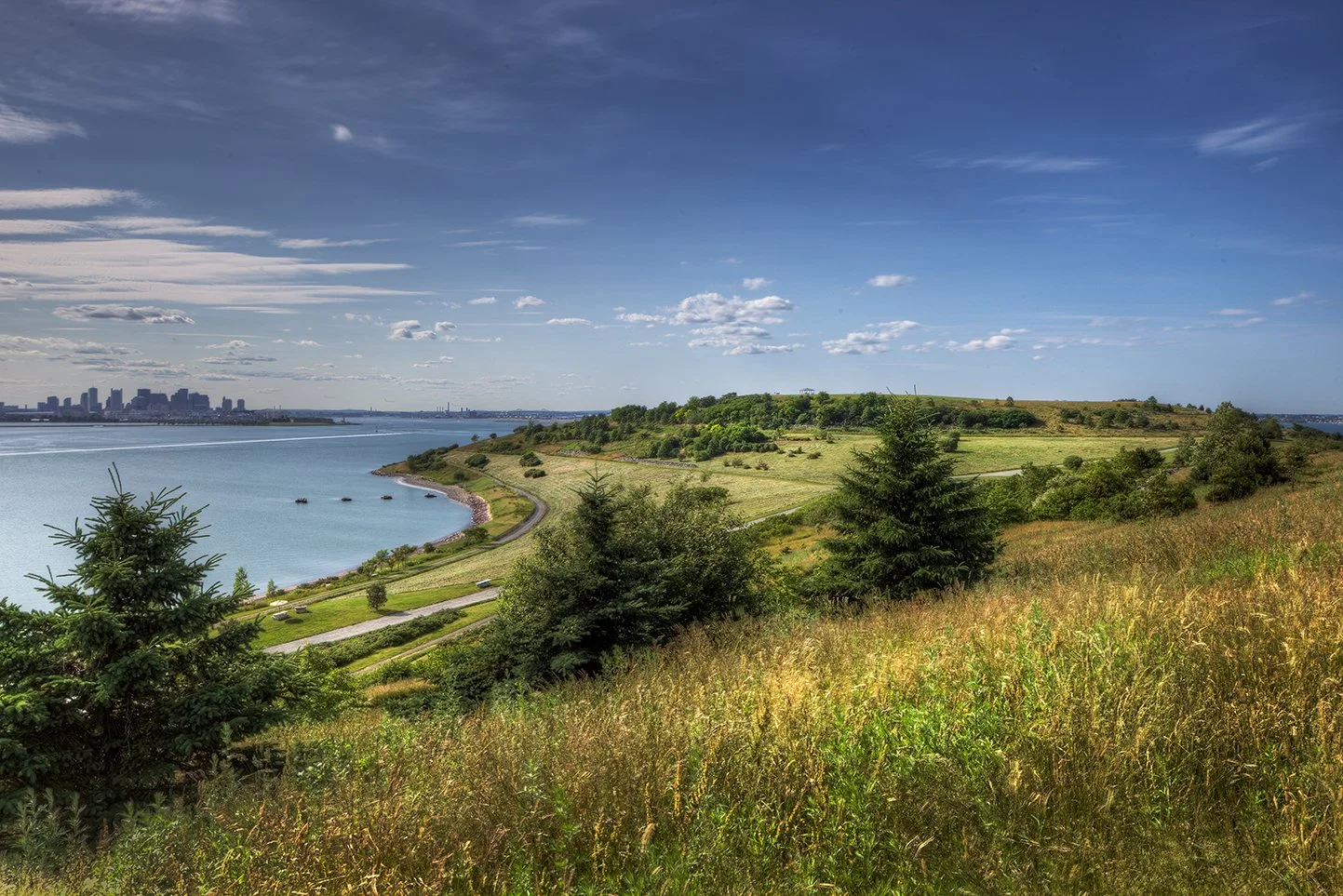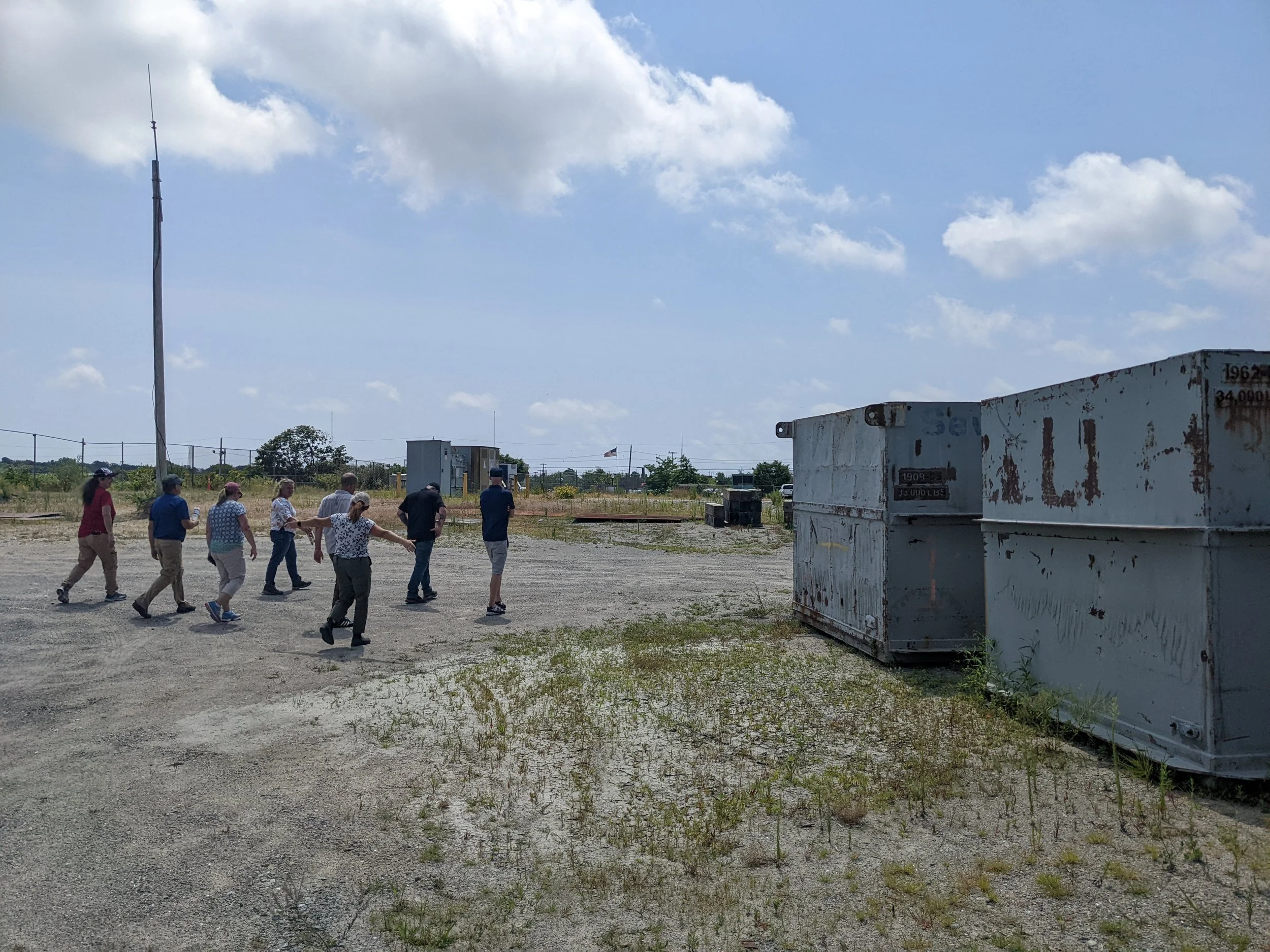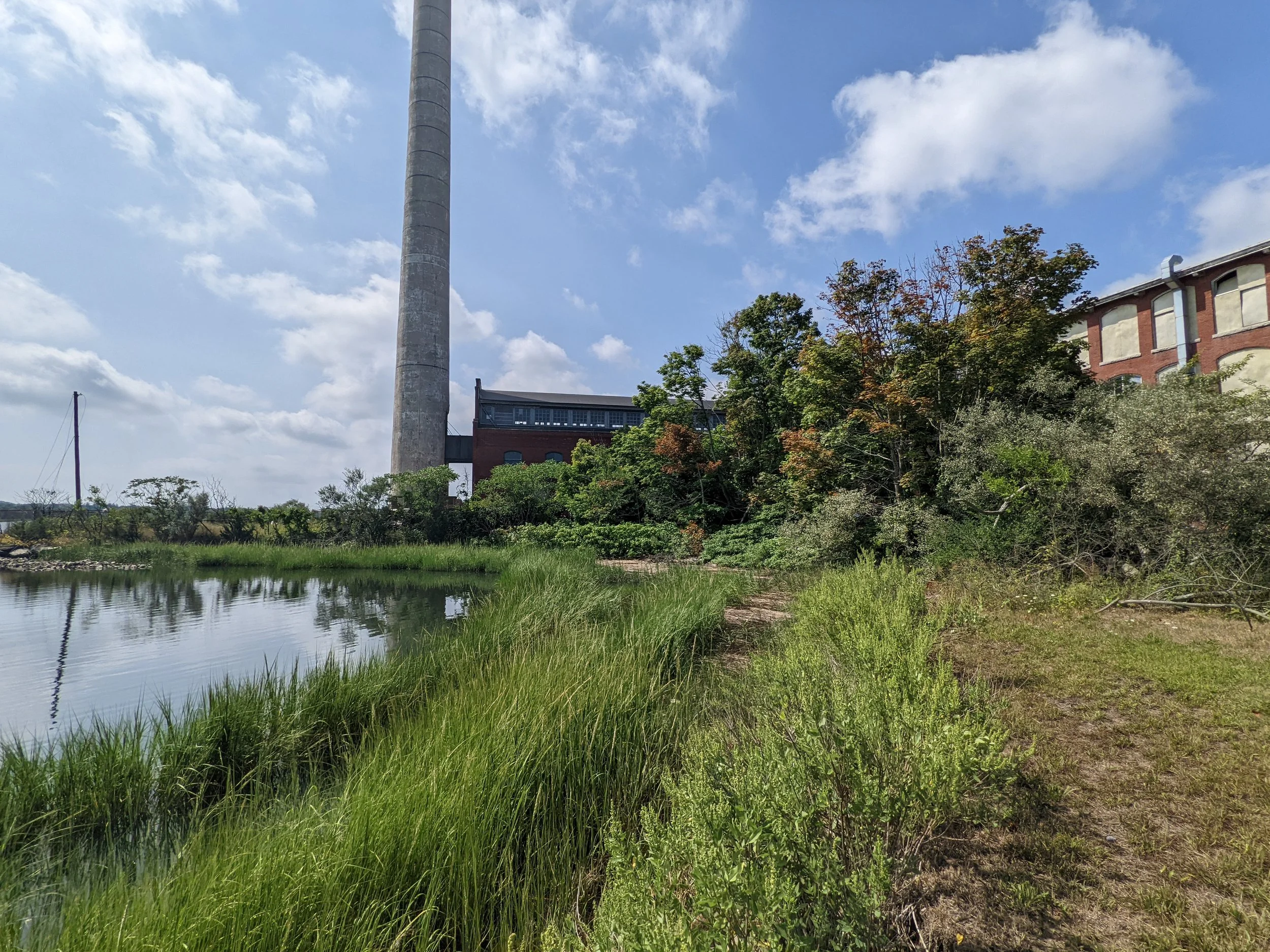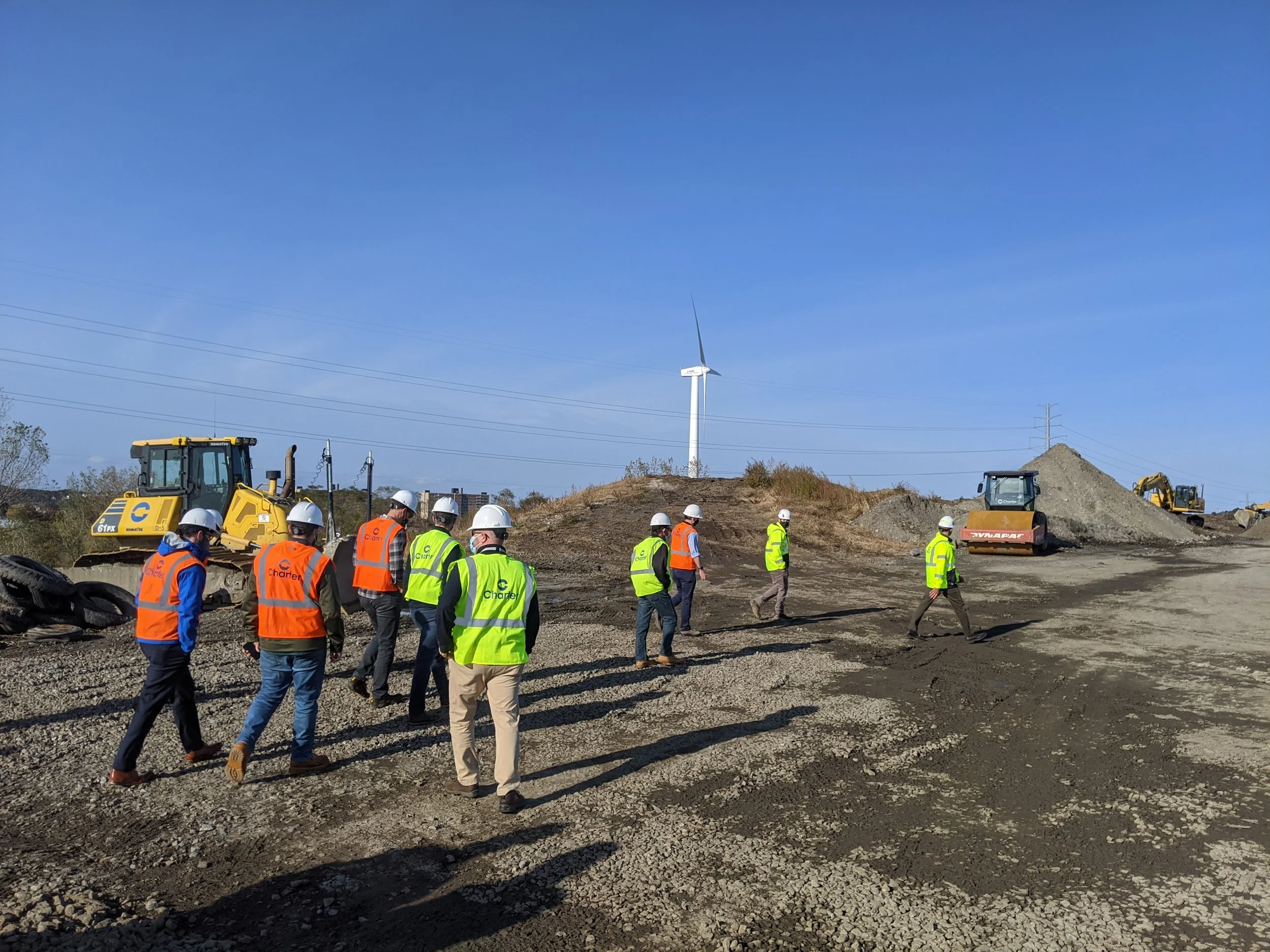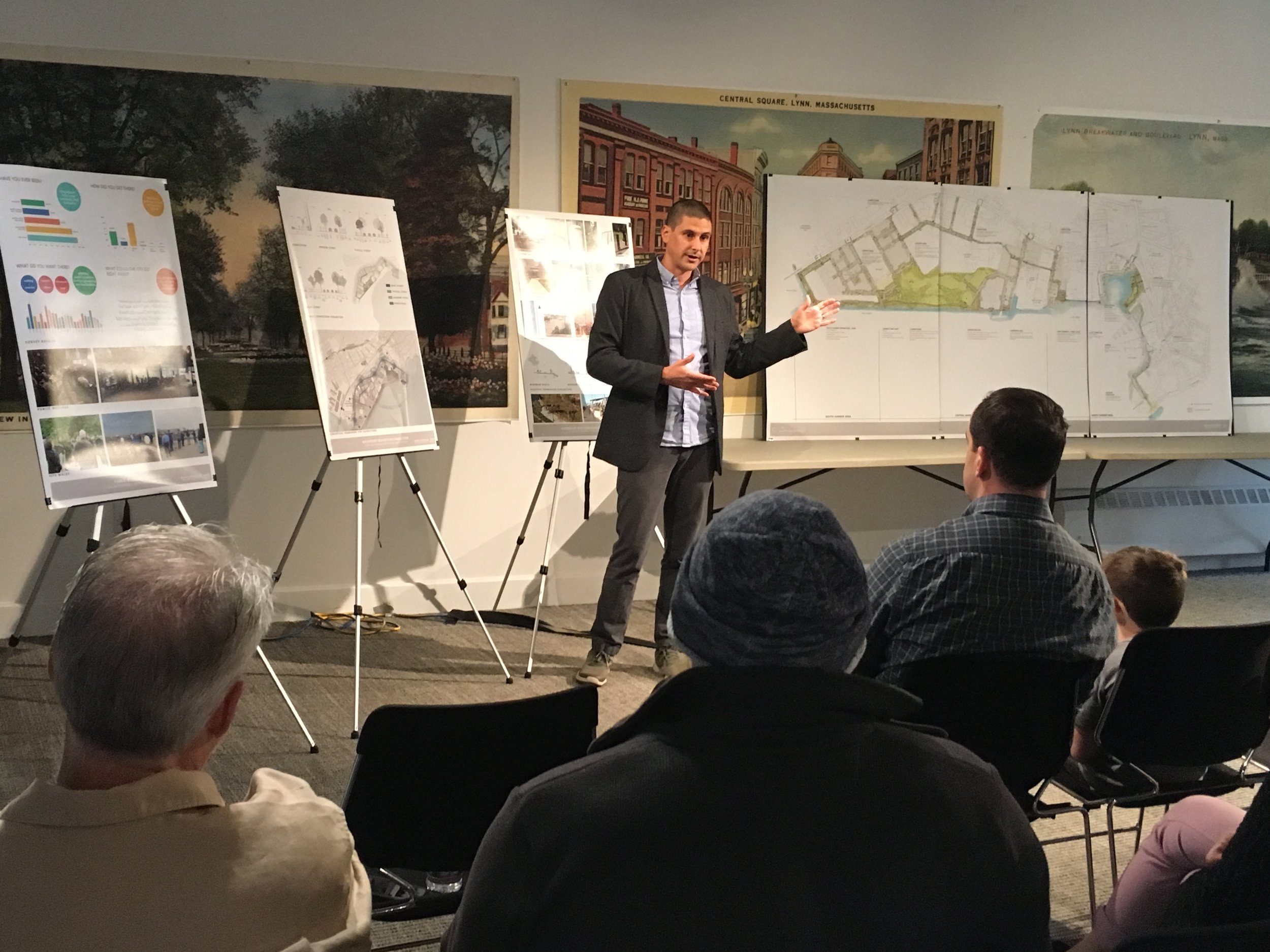November 2023 Newsletter
Spectacle Island, Boston Harbor, MA
Image © Christopher Barnes
Reclaiming Industrial Sites for Public Use
Our river and coastal waterfronts boast a rich history of industrial uses that significantly contributed to the region's economy. Many of these former industrial sites have ceased operations, undergone demolition, or lie vacant. Others have been subject to imaginative and purposeful redevelopment. Given that numerous historical industrial sites utilized rivers or water bodies for power, transportation, and shipping, these scenic, often environmentally sensitive locations now represent valuable land for potential new housing or public recreational spaces. Redeveloping post-industrial sites requires the expertise of various engineering and design professionals, along with a shared vision to creatively reimagine these intricate yet unique opportunities.
Important factors when seeking to revitalize former industrial sites includes conducting a comprehensive site assessment, having an in-depth knowledge of permitting and health and safety requirements, forming an experienced design team, and developing a creative vision to reimagine new uses. Below we have outlined several essential factors should be considered when revitalizing former industrial properties.
Site Assessment
Review site history for past uses and potential contaminant exposures.
Conduct thorough site assessment with borings and soil testing.
Analyze soil characteristics and potential ground contaminants.
Identify site constraints through state databases.
Explore opportunities for site rehabilitation and reuse.
Spectacle Island in the Boston Harbor, once a contaminated dump, was reclaimed and transformed into a public park using fill from tunnel excavations associated with the Big Dig. The multidisciplinary team of experts tackled site issues such as soil contamination by developing site-specific manufactured topsoil. Issues of land stabilization were addressed by carefully considering grades and plant selections. Today, it is a popular harbor destination, complete with trails, picnic areas, a swimming beach, and stunning views of Boston and the Harbor.
Design Team Experience
Work closely with experienced Licensed Site Professionals (LSP) and a proficient engineering team familiar with industrial site reclamation.
Stay informed and knowledgeable about current Best Management Practices guiding work on soil impacted by contamination.
Develop a comprehensive Health and Safety Plan and Soils Management Plan.
Collaborate with landscape architects and site designers who understand the complexities of working with contaminated soils, possess expertise in safely managing challenging soil conditions, select appropriate plant materials for riverfronts and coastal environments, and implement measures to protect the public and maintenance staff from contaminated ground materials.
The New Bedford RiverWalk in New Bedford, MA, currently in the Preliminary Design Phase, aims to provide residents of the City with a public linear park along the riverbank of the upper Acushnet River. Nearly the entire RiverWalk will be located on former or current industrial land. There are many known areas with contaminated soils, including two Super Fund sites and a disposal facility. The proposed RiverWalk elevations are informed by projected future flood conditions and coastal storm risk data while the alignment is informed by best management practices guiding the construction of public amenities in areas of known contamination.
Developing a Common Vision
Collaborate closely with local communities to educate the public about project constraints and challenges, fostering understanding, and identifying achievable project goals.
Communicate effectively with regulators, city officials, and state agencies to foster partnership and understand regulatory framework.
Identify potential funding sources and prepare a phased implementation plan to ensure flexibility and adaptability based on project needs and budget.
Collaboration between the design team, municipal offices, stakeholders, and the community is a vital part of the design of any project, but especially former industrial sites. Team site meetings, like at Lynn’s Harbor Park in Lynn, MA, pictured top left, and extensive public engagement processes, such as the one conducted for the Lynn Waterfront Open Space Master Plan, pictured top right, helps identify and establish realistic goals that can be communicated to the design team. Reclaimed sites like the Quequechan River Rail Trail in Fall River, MA, pictured below, have afforded residents opportunities to access locations that were not available before, creating a vision of the future in the footprint of the past.

